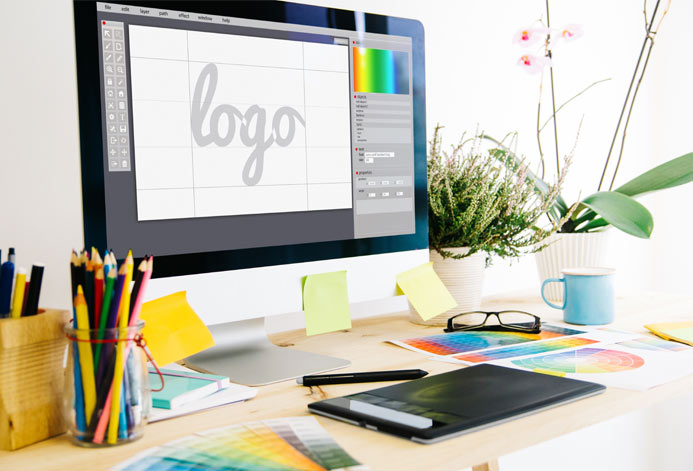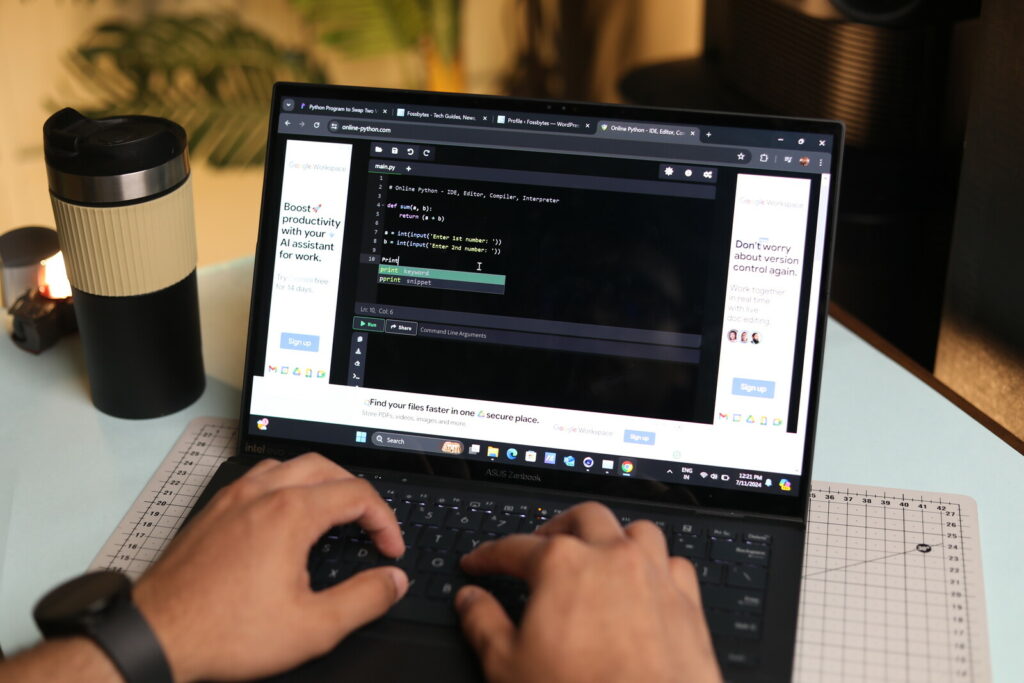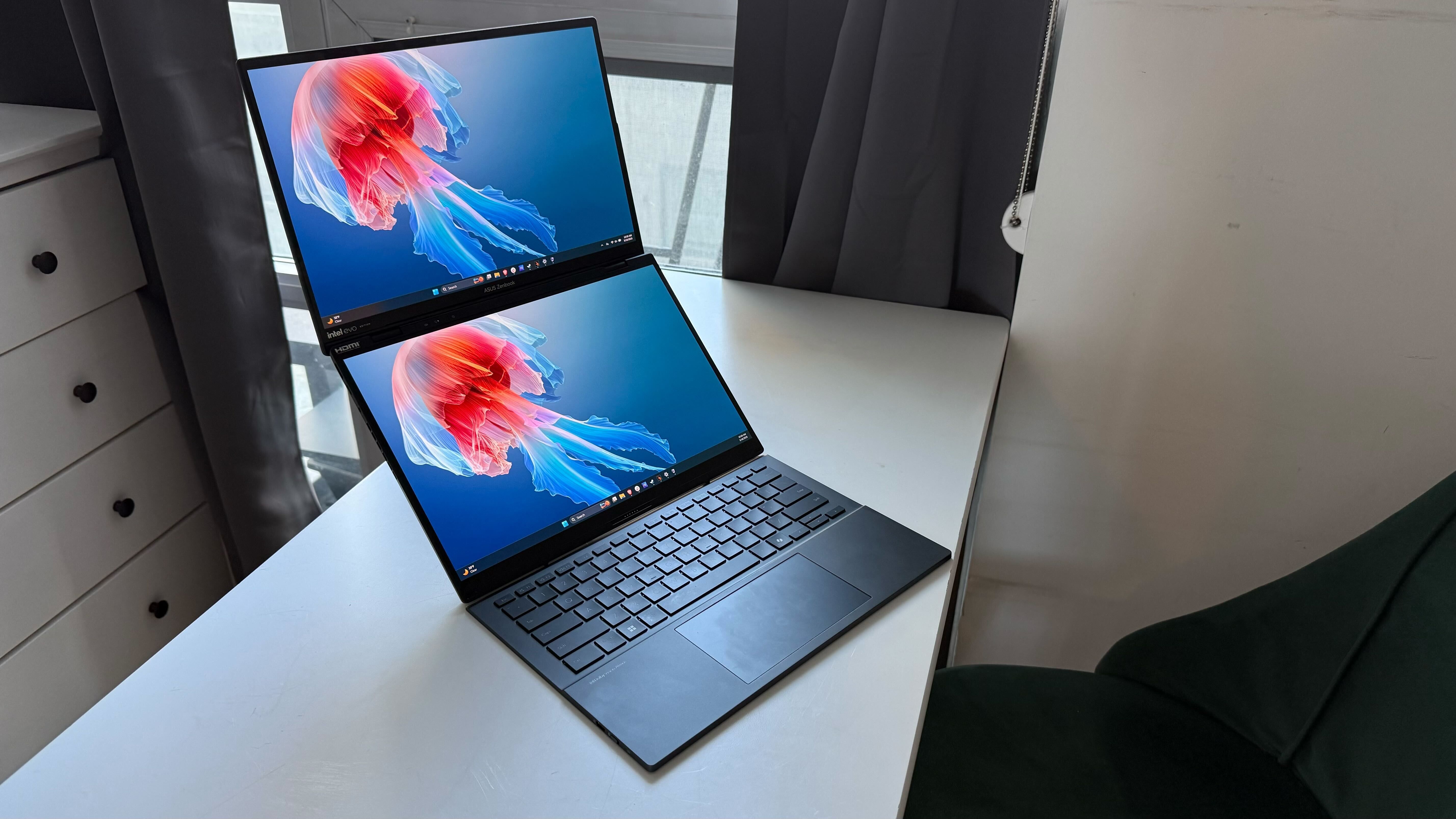I tested the Asus ZenBook A14 and now can’t imagine using any other Windows laptop


For the past four years, the MacBook Air has been my daily driver. I’ve tested plenty of Windows laptops in that time, but I always circled back to Apple’s offering because it hit all the right notes for my digital nomad lifestyle: light, fast, and reliable.
But that changed when I started using Windows on Arm devices powered by Snapdragon X-series chips. After spending time with the sleek Dell XPS 13 and the powerful Asus ProArt PZ13 tablet, I made the switch to the Asus ZenBook A14—and honestly, I haven’t looked back since.
This laptop is the closest thing to a true MacBook Air rival, and in many ways, it surpasses it. And with a price tag that undercuts Apple in my region, it’s a seriously compelling option.
Design That Truly Delivers

One of the biggest wins for the ZenBook A14 is its design. Asus nailed the aesthetics without compromising durability.
- It’s 23% lighter than the MacBook Air—something you have to experience in person to fully appreciate.
- I’ve carried this laptop like a notebook, skipping the backpack altogether some days.
- The build material, called Ceraluminum (a magnesium alloy), is 30% lighter than aluminum and nearly three times stronger.
Despite its featherweight feel, this thing is tough. I’ve had no dents, scratches, or scuff marks so far—something I can’t say for my MacBooks, which always ended up with flattened corners and visible damage over time.
The finish deserves its own praise. My model came in a beautiful, cardboard-like matte shade that resists smudges far better than my light blue MacBook Air. Asus even says the finish went through 18,000 abrasion cycles to ensure color durability—now that’s commitment.
And yes, it’s MIL-STD-810H certified, meaning it meets military-grade durability standards.
Practical in All the Right Ways
Port Selection That Makes Sense
For a laptop this slim, port selection is surprisingly generous:
- 2x USB-C 4.0
- 1x USB-A (10 Gbps)
- 1x HDMI 2.1
Compare that to the MacBook Air, which only offers two USB-C ports. During my workflow, I often need to connect a wireless mouse, keyboard, and external display simultaneously—and the ZenBook makes that seamless.
Even when charging via one USB-C port, the other remains free for docking or peripherals.
Typing & Touchpad Experience

Typing on the ZenBook A14 is genuinely enjoyable:
- Keys are well-spaced with satisfying springy feedback.
- I’ve clocked faster typing speeds here than on the MacBook Air or even some of my favorite mechanical keyboards.
The layout does take a moment to get used to—there’s only one Ctrl key—but I adapted quickly. The touchpad is spacious and provides consistent physical clicks across both halves.
Facial Recognition That Works

Biometric login is handled via Windows Hello, using an infrared camera array. In practice, it’s as smooth as Face ID on an iPhone. Even in a dimly lit room, with only 40% screen brightness, face unlock worked without a hiccup.
Considering how important Passkeys and Recall are on Windows now (both requiring biometric login), this feature is a big deal.
Display & Performance: A Strong One-Two Punch

The 14-inch OLED display (1920 x 1200) is another major highlight:
- Rich, accurate colors
- Deep blacks
- Wide viewing angles
- Much less reflective than MacBook Air’s glossy IPS LCD
Bezels are slim, and thankfully, there’s no notch. While the screen is limited to 60Hz, it’s more than enough for productivity tasks.
Handles Workloads with Ease

In terms of daily performance:
- Microsoft 365, Google Workspace, Chrome, Slack, Teams, Trello, and Outlook all ran smoothly.
- Even when running under the Prism emulation layer, apps were responsive.
- Dual fans help keep things cool, especially during memory-hungry sessions with multiple apps open.
Compared to both the MacBook Air and the Snapdragon X Elite-powered Dell XPS 13, the ZenBook runs noticeably cooler.
Creative Work and Media Editing

- Light editing across the Adobe Suite (AV1 & H.264 codecs) is manageable.
- 4K video encoding at 30fps is possible, but once effects and multiple layers are involved, system memory starts to feel stretched.
- I did run into issues with Da Vinci Resolve, which repeatedly crashed during more demanding tasks.
Still, Adobe’s native Arm support means you’ll be fine for general editing, especially if your work doesn’t involve heavy-duty rendering.
Battery Life & AI Features

The battery is another win:
- 8+ hours of real-world use with multiple apps and background tasks
- Low idle power draw
- Battery care mode caps charging at 80%—something Apple doesn’t even offer on MacBooks (yet)
Being a Copilot+ PC, the ZenBook A14 also brings smart AI features like:
- Live Captions
- AI image generation
- AI-enhanced search
- Extra MyAsus touchpad customization options
These make the experience feel modern and productivity-ready.
Frequently Asked Questions (FAQ)
Q: How does the ZenBook A14 compare to the MacBook Air in weight?
A: It’s over 23% lighter, making it one of the lightest premium laptops you can buy today.
Q: Is the screen better than the MacBook Air’s?
A: In many ways, yes. The OLED panel offers richer colors and deeper blacks, with less glare than Apple’s glossy LCD.
Q: Does it run Adobe apps smoothly?
A: Yes—for light to moderate tasks. Adobe apps now run natively on Windows Arm, although some intensive tasks may cause performance dips.
Q: What about fan noise?
A: Surprisingly quiet, even under default settings. Fan noise never became intrusive during daily use.
Q: Can it handle multitasking with Chrome, Teams, and Outlook open?
A: Absolutely. It managed all those apps running simultaneously without stutter, even when Chrome became a memory hog.
Q: Is Windows Hello as reliable as Face ID?
A: Yes. The IR camera system is fast and accurate—even in low light conditions.
Final Thoughts: The MacBook Air Finally Has Serious Competition
If you’re looking for a premium Windows laptop that goes toe-to-toe with the MacBook Air—and even beats it in several areas—the Asus ZenBook A14 should be at the top of your list.
From its ultra-light yet durable build, to the vibrant OLED display and surprisingly thoughtful keyboard and port layout, this is a machine built for real-world productivity. Add to that stellar battery life, solid thermal performance, and meaningful AI tools, and you’ve got a laptop that doesn’t just compete—it excels.
For digital nomads, creative pros, or anyone who lives in the cloud, this may just be the best Windows laptop of the year. After using it, everything else just feels a little too ordinary.



